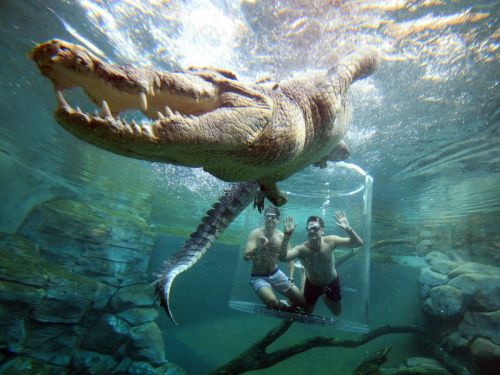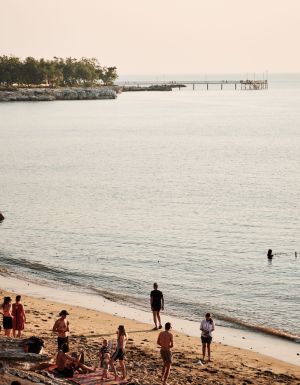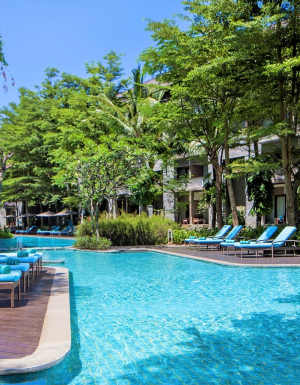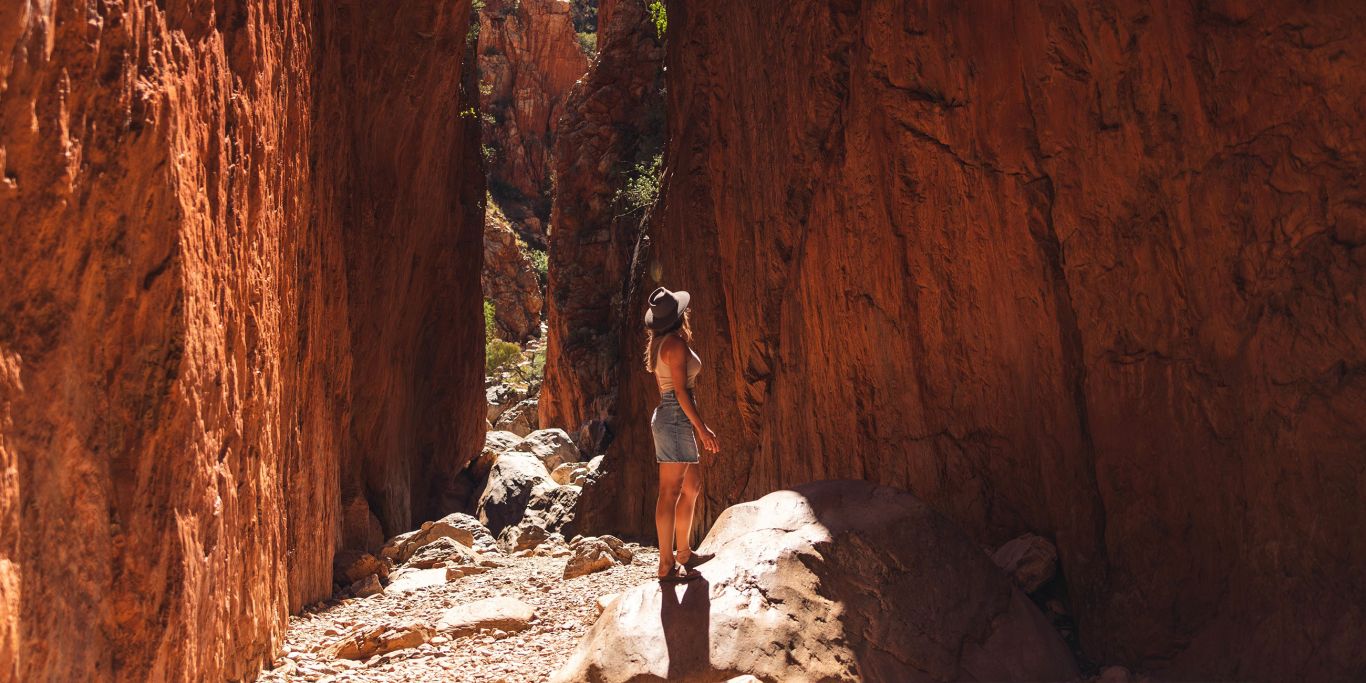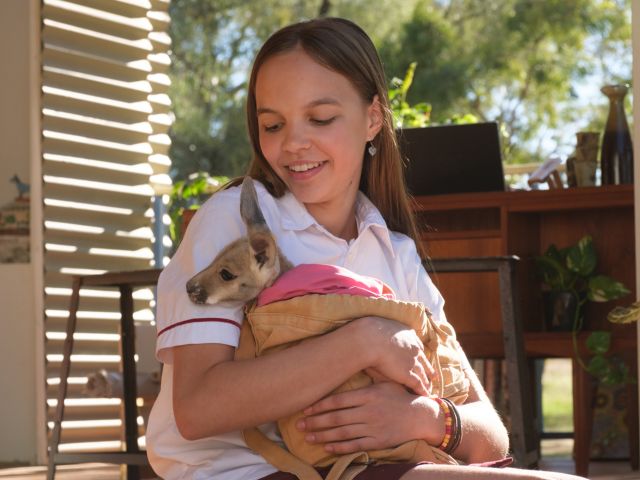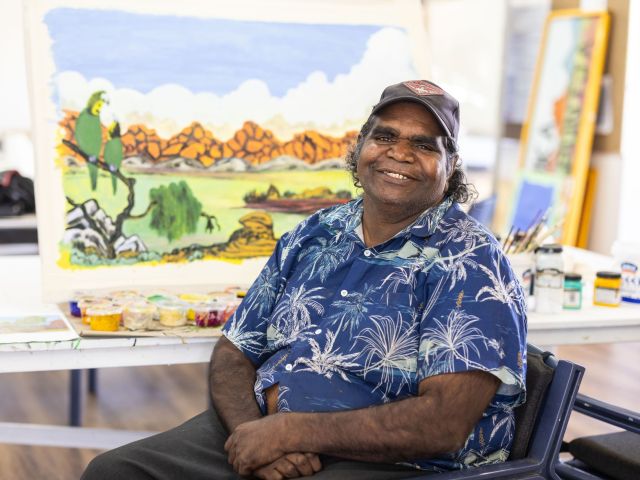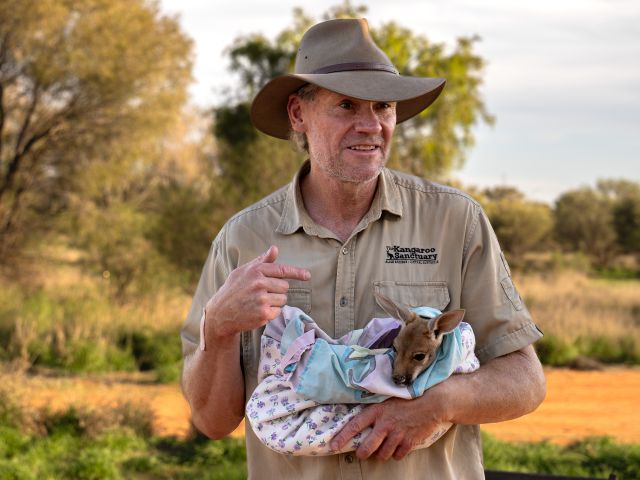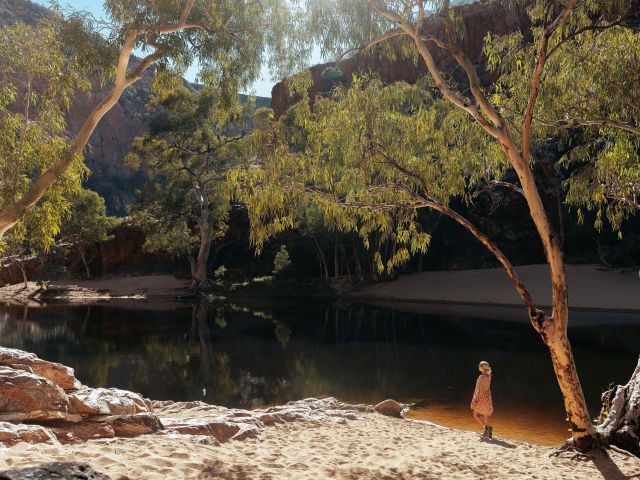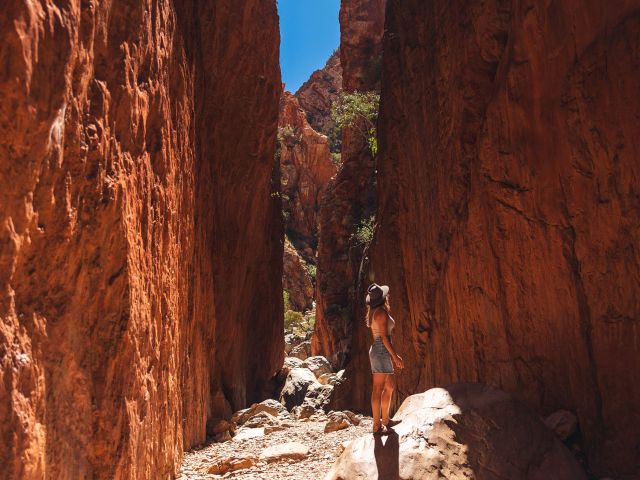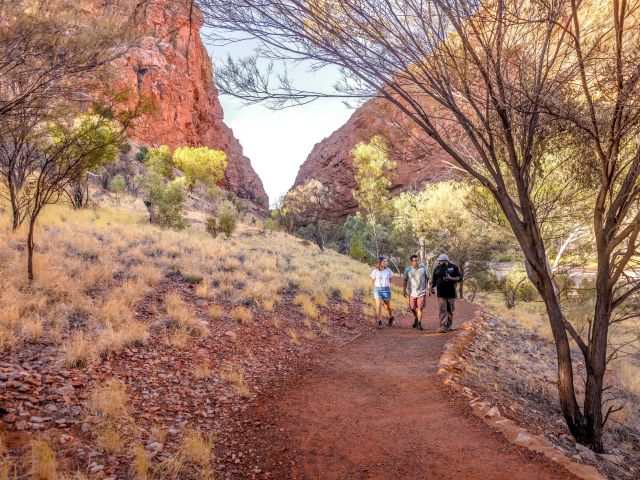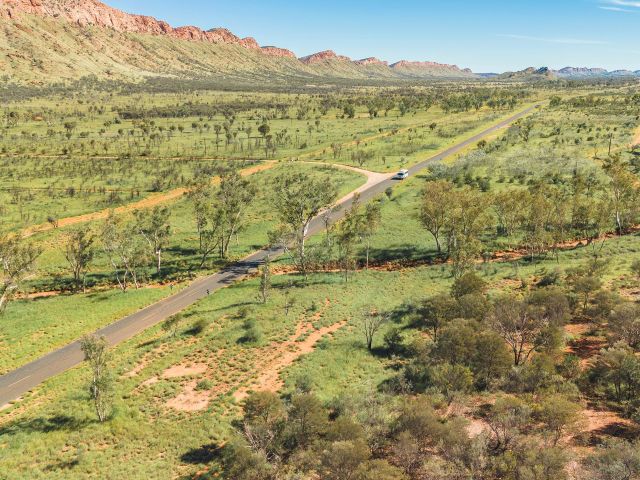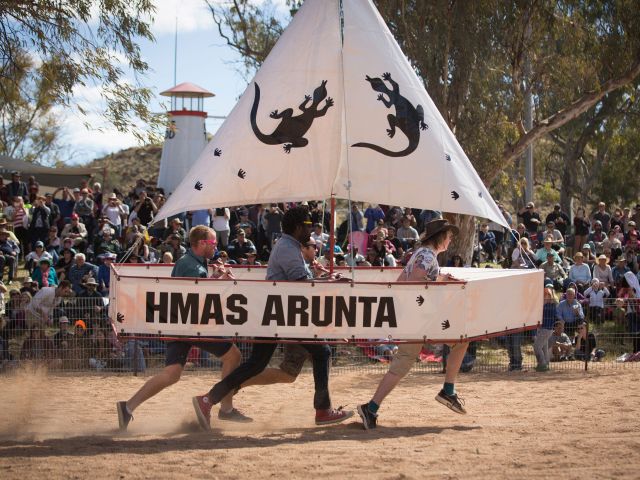For many, the thought of encountering a giant crocodile is the stuff of nightmares. But swimming with saltwater crocs is truly a one-of-a-kind experience that lets you eyeball some of the fiercest, yet most majestic, creatures on Earth.
Darwin lays claim to more crocodiles than any other city in the world, and many of them are right in the heart of the city at Crocosaurus Cove. A visit to this three-storey venue is an absolute must for wildlife lovers and offers the chance to feed, photograph and swim with crocodiles from three months to 80 years old.
Consider this your comprehensive guide to visiting Crocosaurus Cove.
What to expect at Crocosaurus Cove
Crocosaurus Cove is home to some of the largest – and most problematic – crocodiles in Australia.
The large resident crocs at Crocosaurus Cove are usually problem animals brought in from the wild, meaning they got too close to people on beaches and fishermen. (There are even reports of these crocs stealing farmer’s cattle!)
See giant crocodiles at the huge aquarium. (Image: Tourism NT/Helen Orr)Beyond these ancient beasts – which you can see from above, below through underwater viewing tanks and while floating in an acrylic tube – Crocosaurus Cove boasts a reptile house that features 70 species found across northern Australia, such as goannas, blue tongues lizards and a swag of snakes.

Crocosaurus Cove highlights
Hold a baby crocodile, feed the friendly whiprays, join one of the daily reptile shows (must see: snake snack on a rat) and witness the metre-long barramundi being fed in the giant four-metre-high aquarium – these are just some of the highlights at Crocosaurus Cove.

Big Croc Feed Show
At this twice daily show, you can get to know some of Australia’s largest saltwater crocodiles and learn how they’ve remained relatively unchanged for over 200 million years.

Fishing for Crocs
Join one of three daily shows at the Fishing for Crocs platform, where there are around 100 juveniles below vying for food. As you lower a stick with juicy meat towards the bask of crocs, each one claws over its scaly brethren to gain prime pouncing position.

Crocosaurus Cove Cage of Death
Picture this: floating in tropical water, the dulcet sounds of ripples in your ears, the warm sun on your back – and a giant croc circling around wanting to eat you. The Cage of Death is about the closest you can get to realising this primal image. If you’re a little scared, you can always take a friend as the large acrylic cage can carry up to two adventurers.

When I took on the Cage of Death, I bravely went on alone. First the safety briefing and next, signing the indemnity release form. Then I climb in the tank, and off I go, transported via an overhead monorail into one of four separate crocodile enclosures for a 15-minute encounter.

A group of spectators gather to watch and take photos as I’m lowered in my tube into the croc pool. It’s not long before I’m face to face with a huge crocodile – William and over in the corner is his partner, Kate. He’s 4.6 metres long and weighs in at 690 kilograms, while his diminutive lady stretches only 2.8 metres and weighs 110 kilograms.

When William bares his woman-eating teeth, he scares the living daylights out of me. It’s exhilarating, pure excitement, a great adrenaline rush. I watch William in awe for quarter of an hour, as he snaps for food being lowered into the pool by a trained handler. It’s all over too quickly, and for the rest of the day I’m buzzing and in awe of these pre-historic creatures.

Crocosaurus Cove tickets
General entry costs for Crocosaurus Cove : $40 for adults, $32 for seniors, $25 for children under 16. Family passes are available.

Costs of extra experiences
Cage of Death costs $195 per person or $295 for two people. It includes general entry to all attractions. Cage minimum age is 15 years. Children 15-17 must be accompanied by an adult 18 years or older

The writer’s daughter Ebi holding a baby croc. (Image: Leah McLennan)
Details to know before visiting
Opening times: Open daily (except for Christmas Day) from 9am until 6pm.
Accessibility: Wheelchair accessible.
Getting there: 58 Mitchell Street in Darwin’s city centre.
Parking: Parking is easy in Darwin’s CDB.


